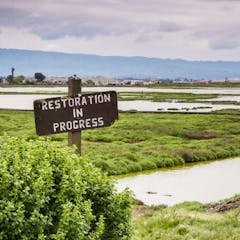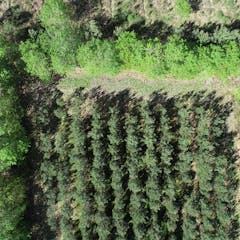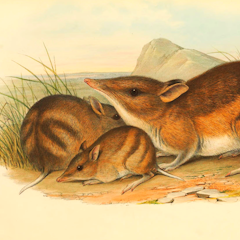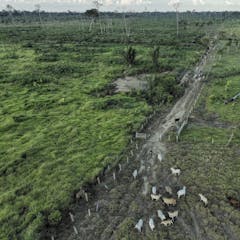
Articles on Biodiversity
Displaying 41 - 60 of 915 articles

Conservation of biodiversity is in the hands of humans but artificial intelligence can help guide decisions.

Australia committed to restore 30% of degraded ecosystems by 2030 when we signed the global biodiversity framework. But what does that really mean? It’s open to interpretation. So let’s be ambitious.

Atlantic halibut are making a strong comeback in the Gulf of St. Lawrence. But how do we know where the fish move throughout their lives?

We scanned the tree canopy with lasers and found birds much prefer the branches of big old trees.

Bird flu is decimating species already threatened by climate change and habitat loss.

The SUPERB project, part of the EU’s Horizon programme, aims to restore thousands of hectares of forest landscape across Europe.

Scientists have been debating the start of the Anthropocene Epoch for 15 years. I was part of those discussions, and I agree with the vote rejecting it.

Translocation may have been the key to survival for the eastern barred bandicoot but it might not be the golden ticket for every species.

The nutritional needs of bees are complex and monoculture crops aren’t providing a diverse diet. Introducing more diverse wildflower meadows and green spaces could benefit wild pollinators.

For years, Australia and New Zealand have been united in working for sustainable fishing in the South Pacific. That just changed.

Effective use of genomic identification could revolutionize the control of the illegal timber trade.

From sacrificial bark to fire-germinating gumnuts to stealthy buds the eucalyptus has evolved an arsenal of protective measures.

We’ve brought some species back from the brink – but more and more are being threatened. Here’s why

The ‘20°C effect’ could give us new insights into how temperature controls ecosystems and influences evolution – as well as how species might adapt to climate change.

Recent research shows how reducing overfishing is both an ecological imperative and a critical means to addressing climate change.

England’s new ‘biodiversity net gain’ policy is ambitious, but researchers have identified flaws and loopholes.

Australia has already lost so many wonderful mammal species. Do we want the southern greater glider to suffer the same fate?

Integrating local and Indigenous knowledge into conservation can help to support diverse diets without compromising biodiversity goals.

Survey respondents overwhelmingly prioritised saving a human life – even if that person had been repeatedly told to evacuate and even if, as a consequence, a snail or shrub species became extinct.

Wildebeest herds churning dust. Sturgeon seeking spawning grounds. Shorebirds flying from Siberia. These iconic animal migrations could soon be a memory.
